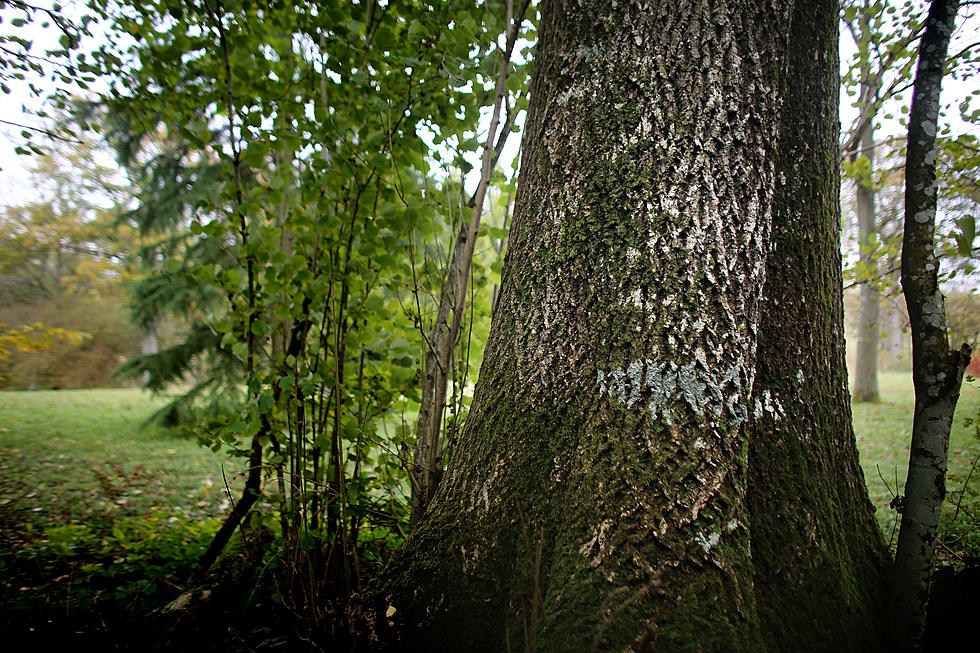
City Of Duluth Provides Updates On Emerald Ash Borer Mitigation Efforts
Seven years into its Emerald Ash Borer mitigation efforts, the City of Duluth is proving an update on how the process is going.
An invasive beetle, the Emerald Ash Borer seeks shelter in Ash trees, using the underside of the bark as a host for the "overwinter" part of their larvae lifecycle. That boring process "damage[s the trees] ability to take up water and nutrients".
Duluth - like many communities in the Northland - used Ash trees to decorate and landscape boulevards along streets and in city parks. That use meant that when the the Emerald Ash Borer population started to increase, that a large infestation was bound to occur due to the multiple number of trees available.
To mitigate the effects, the City of Duluth took a two-fold attack - starting in 2016. City crews worked to remove already dead Ash trees and also working to both remove and replacing dying trees at the same time. To accomplish this, city leaders applied for grant money to fund the process.
The City of Duluth was able to secure two grants in 2022 from the Minnesota Department of Natural Resources to help fund the removal and replacement of the Ash trees. Those grants totaled almost $250,000 and were obtained through the following programs:
$99,018 was obtained through the Protect Community Forests grant program
$150,000 was obtained through the Emerald Ash Borer grant program
At the same time, the City of Duluth also obtained $810,562 in state grants.
So how have the mitigation efforts been going? According to details shared in the report just released by the City of Duluth, the city has been making a lot of progress in their efforts. At the start of the process, Duluth had an estimated Ash tree population of about 3,200. Since 2016, they've removed and replaced approximately 1,800 trees.
But the work isn't over. The Duluth Public Works Department plans on removing and replacing about 400 to 600 more Ash trees each year through 2026.
Prior to the mid-1970's, streets in Duluth - like a lot of other communities in the Northland - had streets that were lined with Elm trees; those Elm trees were chosen for their ability to grow quickly and provide maximum shade. As the late 70's approached, though, Elm trees were attacked by Dutch Elm Disease, killing off the tree population. It's ironic that in their place, city landscapers chose to replace the removed Elm trees with Ash trees - which provided similar benefits (i.e. fast growth and shade benefits).


